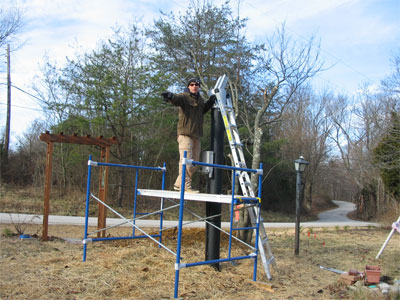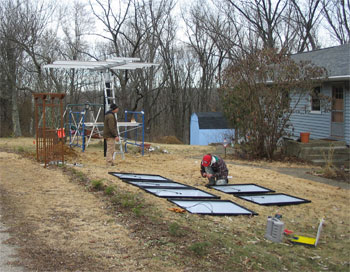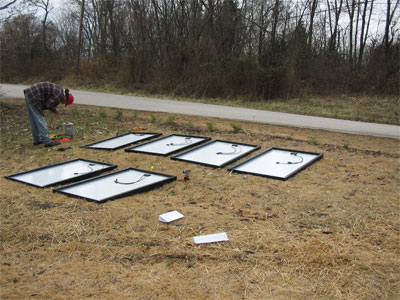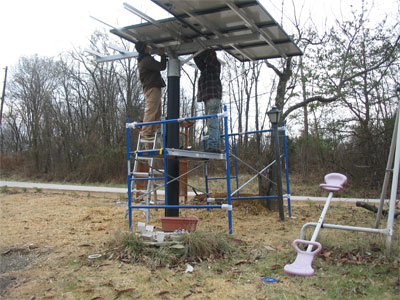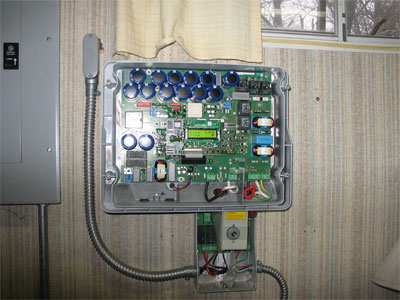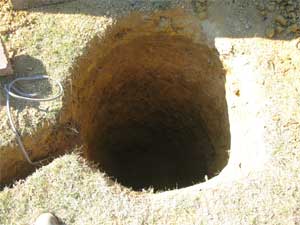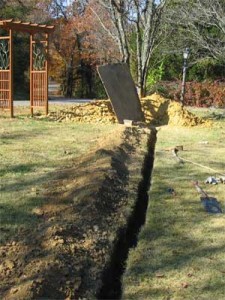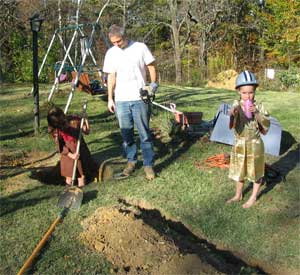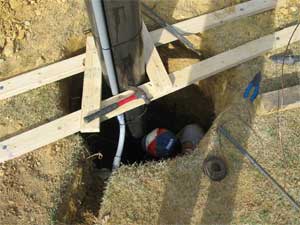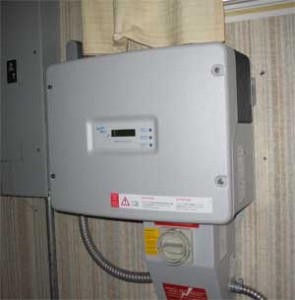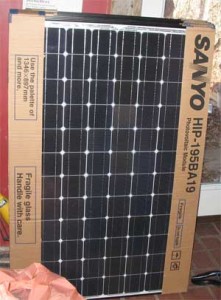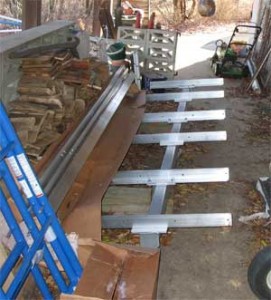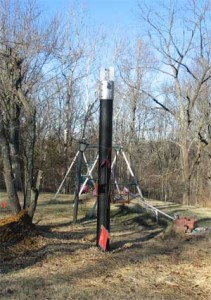 (continued from part 6)
(continued from part 6)
After all the good vibes coming out of our solar installation I really need to reinforce something I knew long before I decided to spend almost $15,000. You can’t really predict the weather so we can only estimate our yearly average power production. Right now, in mid-February, on a cloudless day my PV system produces about 5.5Kw from sunup to sundown. Let’s assume during the summer we might get up to 8Kw per day. That’s an average of 6.75Wh and for simplicity round this up to 7Kw. If we have 365 cloudless days we would produce 2,555Kw in a year. At a cost of $0.105 per Kwh that should save me about $268 in a year. I realize that I can only get realistic numbers after monitoring my power output for a year but this amount is pretty close.
Here are two facts to consider about PV panels and alternative energy:
1) If I can produce all the electricity I need at my home during the day with my panels I will still need power after the sun sets. There is just no way around it, I will need the power from the grid until something better comes along. My PV installation will only cover about 15-35% of my usage unless I increase the number of panels four or five times and buy a few tons of batteries for storage. A system of that magnitude would cost me close to what I paid for the house.
2) Driving through my rural neighborhood I notice that many homes have outside lights. And more than half of them are on whenever I drive by. Day or night.
Now assume that’s a 200W bulb in there. Leave it on for 24 hours and your meter will move by a whopping 4.8Kw. That’s almost as much as my PV system makes at the moment in a day. If you leave that turned on 24/7/365 it will use 1,752Kw in a year. Now throw in another 100W for phantom loads such as VCRs, DVD players, cell phone chargers – all stuff that’s not turned on but still sucks a few watts while it is connected. All of a sudden you are looking at 2,628Kw per year that you could save just by switching that outside light off and investing in a few switchable outlet strips. That’s $263 in a year. Pretty close to what I save with my panels! And you almost get it for free!
There are a few reasons why I got the panels anyway.
1) In the long run – 20 years or so – I’ll break even and then the system still has 15-20 more years which will be savings in my pocket.
2) I wanted to learn how this is done. The digging, the wiring, all of it. There is nothing like some hands-on experience.
3) I wanted to do something else than just donate a few bucks to various political causes.
4) Not a week goes by without somebody stopping and asking about that strange thing in front of my house.
But frankly, unless there are some seriously cheaper and more efficient panels, a modern power grid and practical storage of overproduced electricity I don’t see how solar panels can make a significant impact in the overall energy budget. It’s a drop in the bucket as are many other alternative technologies at the moment. Of course many drops also fill the bucket eventually. But I think whoever claims solar power alone, or wind power alone can replace all the nuclear and coal power plants is delusional. At the same time it’s equally delusional to think that things will just go on as they have been. Lots has to be done and everyone has to be more conscious about energy usage.
If nothing else, the PV installation in my front yard, and several others in and around my town show that things are changing. People are waking up. We should have paid attention after the oil crisis of the early 1970s. We could have altered our course a bit after 9/11/2001. Instead, we stick our heads in the sand and pretend everything is cool.
To conclude: For me the installation of a PV system in my yard is only a beginning and not the solution – but it can be a seed for a small part of a solution.
(continued in part 8)
 Ok. After building a greenscreen in my basement, enlisting my kids as actors, digging deeper into Final Cut Express, Toon Boom Studio and a few other applications I noticed that I still would need some “authentic” footage to put together a video about UFOs. Luckily there is youtube which is full of obscure (and not so obscure) footage from various sources. That it still took me over six weeks to fabricate this not quite four minute piece of *your pick here* is a testament to my stellar inability in all involved skills. To add insult to injury I don’t know which movies or documentaries most of the youtube footage came from. And since this video is actually a music video featuring the tune “Call the Police” from my new CD Peter’s Money I thought it might be appropriate to send a free CD to the first person to identify a certain clip used in the video.
Ok. After building a greenscreen in my basement, enlisting my kids as actors, digging deeper into Final Cut Express, Toon Boom Studio and a few other applications I noticed that I still would need some “authentic” footage to put together a video about UFOs. Luckily there is youtube which is full of obscure (and not so obscure) footage from various sources. That it still took me over six weeks to fabricate this not quite four minute piece of *your pick here* is a testament to my stellar inability in all involved skills. To add insult to injury I don’t know which movies or documentaries most of the youtube footage came from. And since this video is actually a music video featuring the tune “Call the Police” from my new CD Peter’s Money I thought it might be appropriate to send a free CD to the first person to identify a certain clip used in the video.


